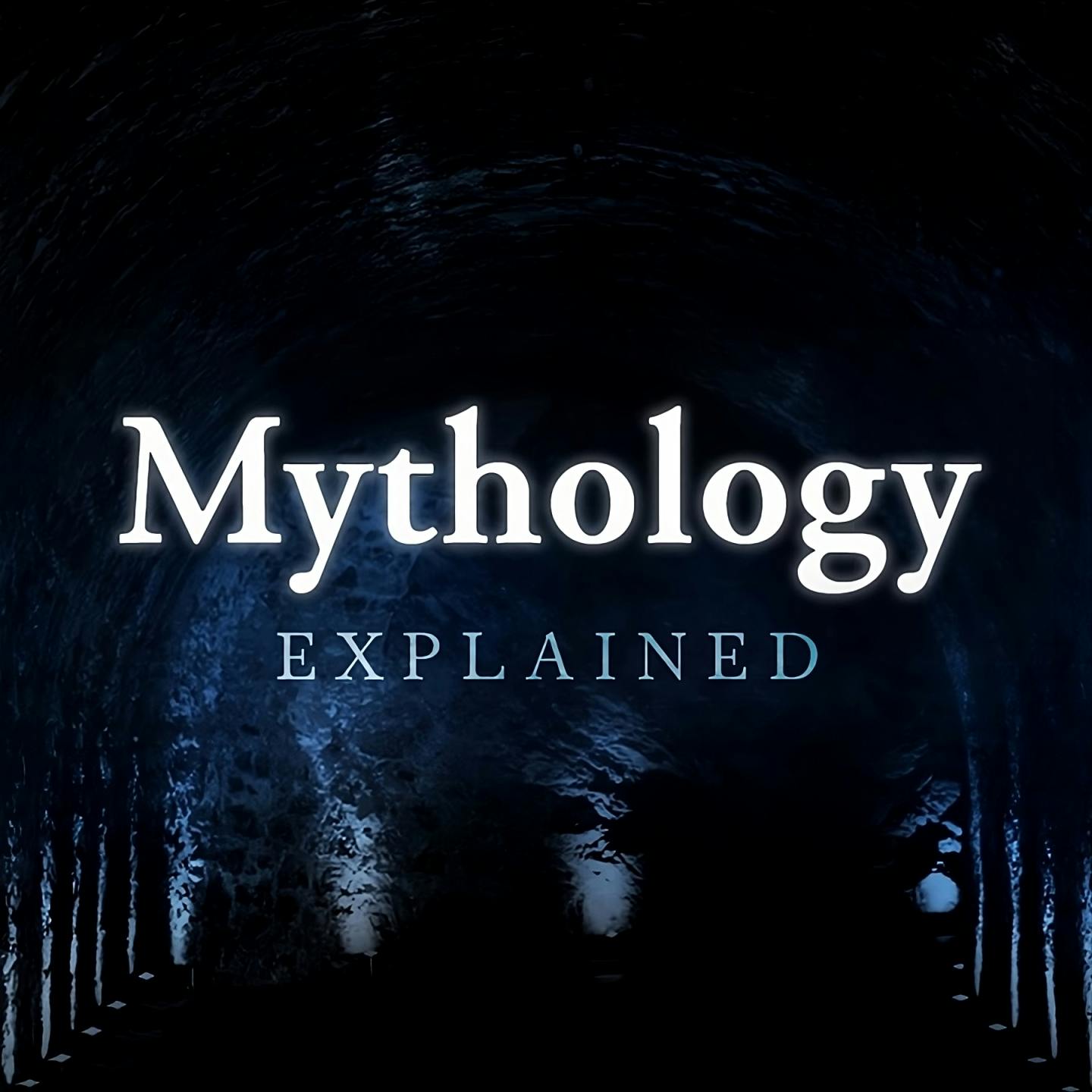
The Dark Deity Who Killed Gods & Destroyed Chaos

Mythology Explained
Shownotes Transcript
Hey everyone, welcome to Mythology Explained. In today's video, we're going to discuss Set, the Egyptian god of foreign lands, the desert, disasters, strength, storms, protective power, cunning, violence, war, confusion, and chaos, chaos being something he both embodied and combated. He was invoked by pharaohs and warriors so as to emulate him in battle and channel his strength; he murdered Osiris, the king of the gods, and usurped the throne, later vying with his Nephew Horus, the rightful king, in a decades long struggle for supremacy; and he was the Sun God's greatest protector, journeying with Ra each night through the underworld, fighting and felling, on a nightly-basis, the terrible serpent Apophis, the personification of chaos, thus ensuring the sun prevailed over the perils of the chthonic depths and survived to rise again each morning and bathe the world in life giving light.Alright, let's get into it. In ancient Egyptian iconography, Set (also spelled Seth) is depicted in a unique and unmistakable manner. Unlike many Egyptian deities whose appearances are recognizable from the natural world, Set's appearance (either zoomorphic, full-animal, or partly zoomorphic and partly anthropomorphic, human-animal hybrid) is based on an animal, usually referred to as the 'Set animal', that doesn't correspond to any known creature that actually exists. It is a composite creature with a curved snout, squared-off ears, and a forked tail. Some suggest it might be an amalgamation, possibly including elements of aardvarks, donkeys, jackals, or fennec foxes. Others have proposed more fantastical creatures like the griffin. Furthermore, while other features can be conceivably connected to other animals, the forked, tapering tail doesn't clearly match any known animal, adding even more to the mystery of Set's Iconography. He is often shown as this creature or as a man with the head of this creature. In terms of color, Set is often painted red, a color that has dual connotations in ancient Egyptian culture. It could be associated with chaos, storms, and the desert--elements that Set is the god of--but also with vitality and protection. His coloring, what it signifies, marks him as a deity of ambiguity, embodying both the power of disorder and the necessary force to quell that disorder.